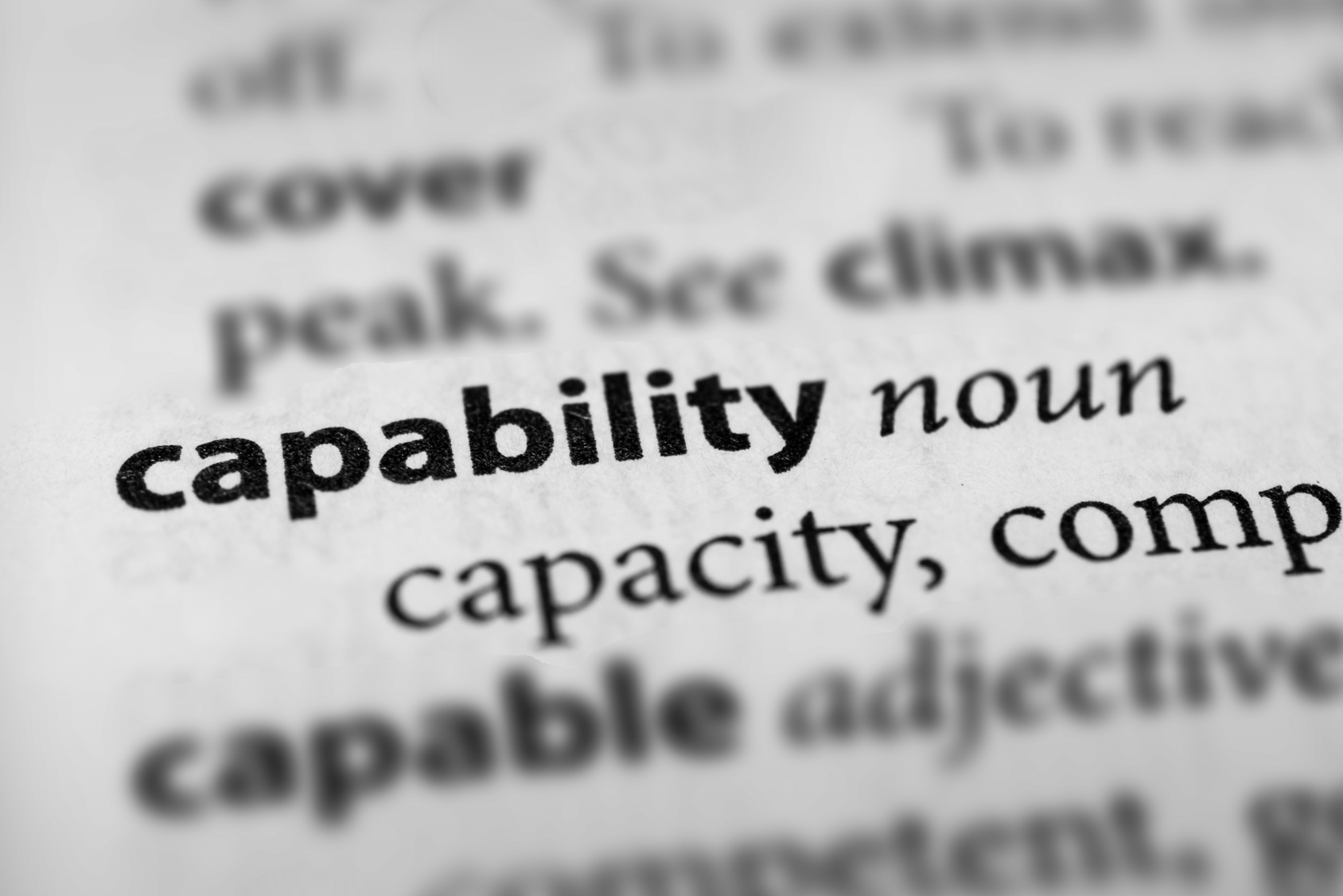Taking Advantage of 4th Quarter Spending Season
As a government contractor, it is important to have a yearly plan that will maximize your chances to win more business. The Federal Government works by the fiscal year (FY), which is separated into the four quarters listed below. The First Quarter (Q1): October 1 – December 31 The Second Quarter (Q2): January 1 – …
Read More10 Core Concepts of a Capabilities Statement
The capabilities statement is one of the most effective ways to market your company to the government. It is a short, ‘get-to-know-me’ type of document that shows what your business can do and why potential customers should buy from you. Below are some of the key points to remember when writing your capabilities statement. Show …
Read More10 Tips to Keep in Mind When Networking as a Federal Contractor
As a federal contractor, networking is a very important tool to help you increase your business in the Federal Government marketplace. You should not only network with federal agencies but also with potential teaming or sub-contracting partners. Putting your brand out there is a great way to get noticed by government buyers. Here are ten …
Read MoreTo Bid or Not to Bid? 3 Essential Considerations Before Responding to an RFP
As a government contractor, it is easy to become overzealous when it comes to responding to proposals, but you’ll have better success with a thought-out plan. There are many questions you should ask yourself before deciding to bid on a Request for Proposal (RFP). Keep these three considerations in mind when making your final decision …
Read MoreThe Rule of Two as a Rule of Thumb
You may have heard of small business set-asides in federal procurement, but have you heard of the Rule of Two? It is commonly known that 23% of the yearly federal contracting budget is set-aside for small business contract spending, with smaller percentage requirements for each set-aside: Women-Owned Small Businesses (5%), Small Disadvantaged Businesses (5%), HUBZone …
Read More5 Steps to Successful Subcontracting
Federal contracting is commonly discussed, but subcontracting is sometimes overlooked. Up to half (or more) of federal procurement dollars are spent on subcontracts. Knowing how to go about a prime-sub contracting agreement is extremely important to reduce risk and ensure a beneficial relationship between both organizations. Here are some steps to follow when starting a …
Read MoreFedMall is Here!
Federal Mall (FedMall) has gone live, as of June 19th! The idea behind FedMall is to improve upon EMALL, which was created by the Department of Defense (DoD). It will sell Commercial Off-The-Shelf items (COTS) and will replace the DOD EMALL. Here are some things to be aware of as you’re transitioning from DoD EMALL …
Read MoreSchedule 70 Contractor? What You Need to Know about Health IT SIN 132-56
SIN 132-56 is a streamlined way for the Government to find your Services. By the end of 2017, the Health IT government marketplace will be valued at $31.3 billion. This 7.4 % growth subsequently means that there is an increase in customer requests for Health IT Solutions. In June of 2016, the General Services Administration …
Read MoreCooperative Purchasing 101
Many government contractors work closely with the Federal Government through a GSA Schedule. However, there are some programs that allow state and local government procurement participation in the GSA Schedule program. One of these is the Cooperative Purchasing Program. It is one of the easiest programs to participate in, due to its inclusivity. Cooperative Purchasing …
Read MoreFinding Your Small Business Recipe for Success
Client Spotlight – Sayres and Associates Corporation, a Veteran and Native American Owned Small Business. As we continue celebrating National Military Appreciation Month, we spoke to representatives from Sayres and Associates Corporation (Sayres), a Service Disabled Veteran Owned Small Business (SDVOSB). Hank Miranda, Information and Security Director and Brennan Roy, Director of Business Development explained to …
Read More





















